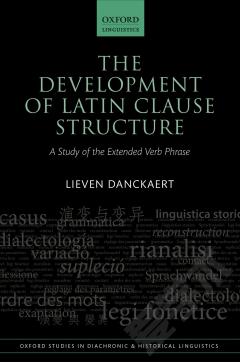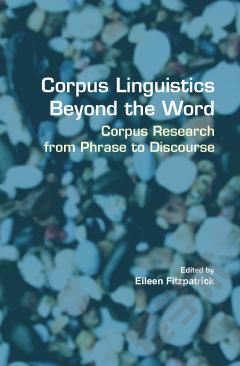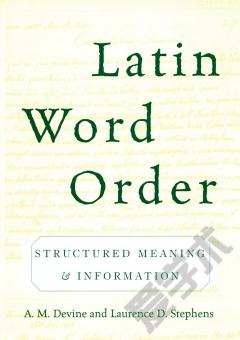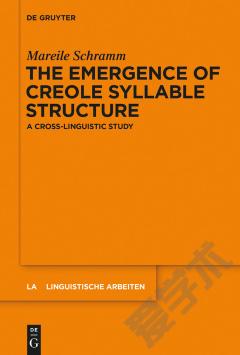The Development of Latin Clause Structure —— A Study of the Extended Verb Phrase
----- 拉丁语结构的演进过程: 扩展性动词词组之研究
The focus of this book is Latin word order, and in particular the relative ordering of direct objects and lexical verbs (OV vs. VO), and auxiliaries and non-finite verbs (VAux vs. AuxV). One aim of the book is to offer a first detailed, corpus-based description of these two word order alternations, with special emphasis on their diachronic development in the period from ca. 200 BC until 600 AD. The corpus data reveal that some received wisdom needs to be reconsidered. For one thing, there is no evidence for any major increase in productivity of the order VO during the eight centuries under investigation. In addition, the order AuxV only becomes more frequent in clauses with a modal verb and an infinitive, not in clauses with a BE-auxiliary and a past participle. A second goal is to answer a more fundamental question about Latin syntax, namely whether or not the language is âconfigurationalâ, in the sense that a phrase structure grammar (with âhigher-order constituentsâ such as verb phrases) is needed to describe and analyse facts of Latin word order. Four pieces of evidence are presented which suggest that Latin is indeed a fully configurational language, despite its high degree of word order flexibility. Specifically, it is shown that there is ample evidence for the existence of a verb phrase constituent. The book thus contributes to the ongoing debate whether configurationality (phrase structure) is a language universal or not.
{{comment.content}}








 京公网安备 11010802027623号
京公网安备 11010802027623号